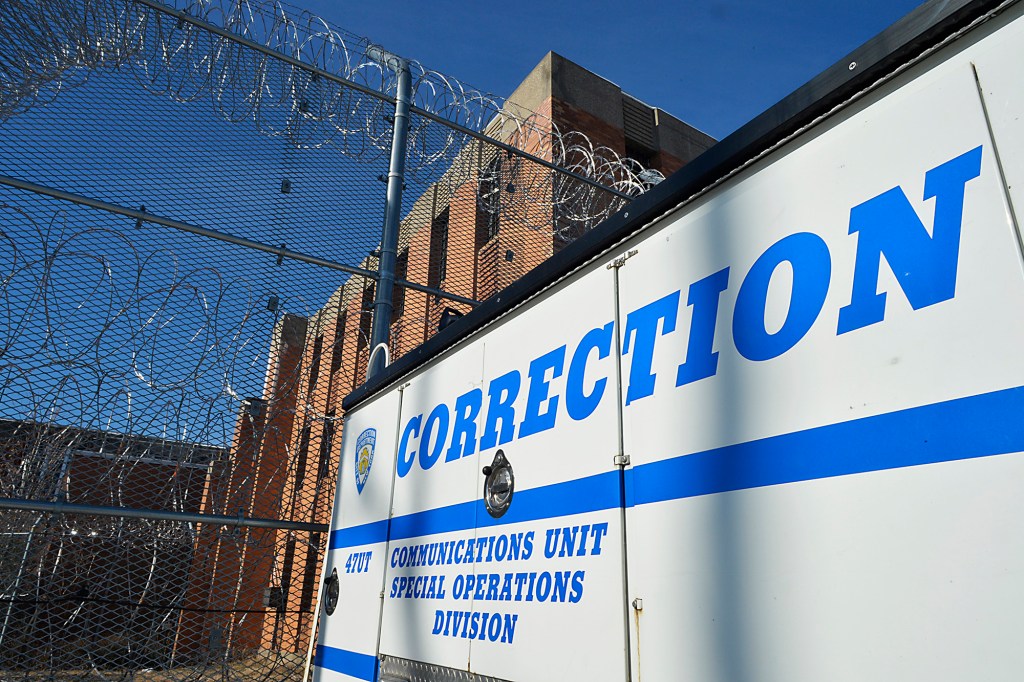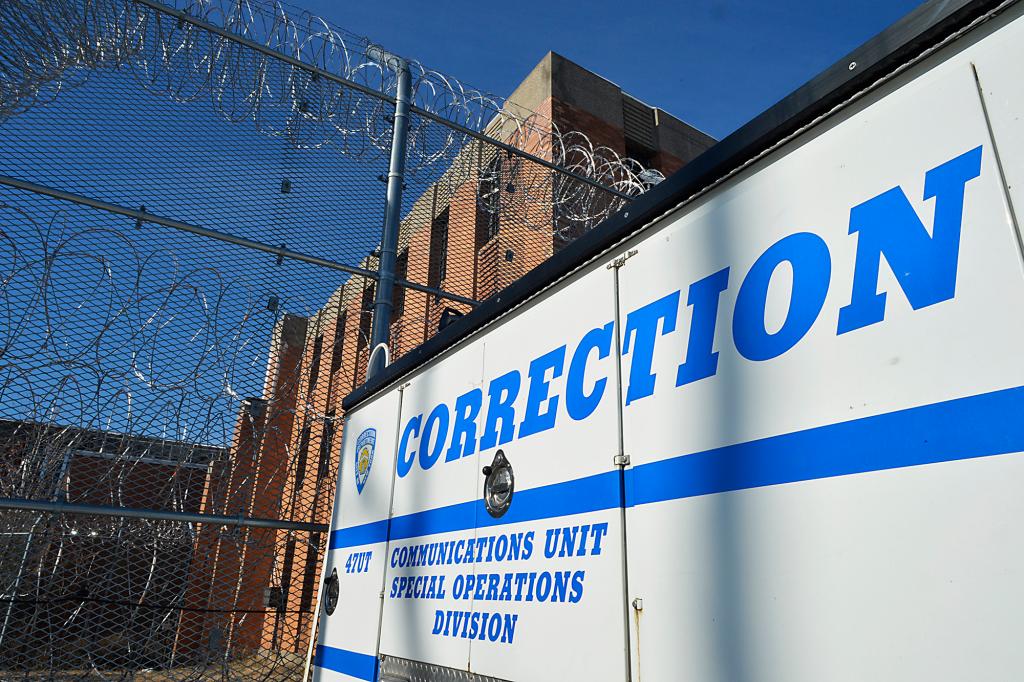A lawyer and national corrections expert tapped by a federal judge to monitor violence in New York City jails is only making the longtime problem even worse, a retired Rikers Island warden told The Post.
Steven Bastian, who left the Department of Correction in 2020 after 31 years of service, said he believes court-appointed monitor Steve J. Martin and associates have implemented “unreasonable and unsustainable expectations” and measures while trying to help the DOC weed out use of excessive force by staff on inmates.
“I’m not saying there shouldn’t be a monitor, but at the same time the monitor shouldn’t be setting the rules to where you can’t win — where you can’t move the needle in the right direction,” said Bastian.
Bastian, 53, of the Bronx, also questioned whether Martin and his team truly have the city jail system’s best interests at heart, considering they’ll continue to cash in only as long as the lockups fail to meet the terms of a 2015 settlement agreement.
Since being hired under the agreement, the monitoring team earned more than $10 million from the city, records show.
The retired warden voiced his concerns about Martin after reading an exclusive report in the Sunday Post on how the city forked over at least $111 million to federal- or state-appointed monitors or “special masters” overseeing ongoing cases aimed at ridding city agencies — including the DOC — of longtime negligence and misfeasance. Many of the problems these monitors were appointed to help correct still remain years, and sometimes decades, later.
A December report by Martin said the DOC remains in “crisis,” and its “use of force” rate during inmate interactions was three times higher than in 2016. It also noted that 4,150 incidents of use of force were reviewed during the first half of 2021 and alleged “misconduct” occurred during 2,369 – or more than half — of them.
However, Bastian cautioned the numbers might be misleading.
He said the DOC, under the monitor’s direction, began counting “incidental contact” – such as correction officers tapping inmates on the back or shoulder to redirect them another way — as “use of force” about four years ago.
In cases where there’s incidental contact and the inmate is obviously not injured, Bastian said staff are required to escort them to a nurse or doctor to be checked – which requires plenty of paperwork and a drain on resources that could be used to help deal with other problems plaguing the jail system, such as unsanitary conditions.
Bastian also said the DOC bizarrely now counts cases where officers shoot pepper spray at inmates from a distance of less than three feet away as “excessive force” – no matter the circumstances. So if an enraged inmate charges an officer, and the officer doesn’t have the room — or time — to back up before spraying in self-defense, that’s considered excessive force, he said.
“You can’t win!” Bastian said. “This is part of the reason why the numbers keep going up, and I feel terrible for the staff.”
“You want to know why people don’t come to work?” added Bastian, referring to an ongoing problem of excessive absences at Rikers. “They’re afraid they’re going to get written up and fired, and it’s out of their control.”
In Oct. 2015, Manhattan federal Judge Laura Taylor Swain approved a landmark settlement in which the city committed to far-reaching reforms at Rikers Island, the nation’s second-largest jail complex, to resolve claims of correction officers using excessive force on juvenile detainees.
The settlement included appointing a federal monitor, making correction officers wear body cameras, installing at least 7,800 surveillance cameras, and strict rules prohibiting guards from hitting inmates in the head.
Martin, a former top lawyer for the Texas prison system, was named as monitor. Anna Friedberg, who heads the Tillid Group consulting firm in Manhattan, serves as deputy monitor and other members of her firm also assist on the case.
Martin and Friedberg did not return messages.
In June, the Correction Officers Benevolent Association released a scathing 18-page rebuttal to an earlier report by Martin’s team. In it, the union questioned whether the monitor team was issuing “biased” periodic reports painting a negative light on city jails to help justify its existence.
“The reality is that the only people involved in NYC jails who might exceed DOC’s incompetence is the monitoring team themselves!” said the union. “If the current monitoring team hasn’t been able to compel any significant progress within DOC in 5 years, then perhaps it is time for a new monitor.”
COBA President Benny Boscio doubled down Friday on the union’s distain over the monitor’s performance, saying Martin and the Tillid Group should be “forced” to testify at a City Council public hearing and “held accountable” for their more than $10 million in earnings — just like the DOC and other city agencies are held accountable for spending.
“By lowering the standards of what constituted a ‘use of force,’ such as incidental contact between officers and inmates, [Martin] all but guaranteed that ‘use of force’ statistics would skyrocket, as inmate on inmate violence soared year after year,” Boscio said. “He lined his pockets, and hit New York City taxpayers for the bills.”
The DOC did not directly respond to the allegations raised by Bastian or the COBA.
Instead, it noted that the agency’s definition of “use of force” is consistent with best practices in other jails throughout the country. The agency also said all cases of “use of force” are reviewed, but the DOC’s core focus to determining whether the action is justified or excessive.








